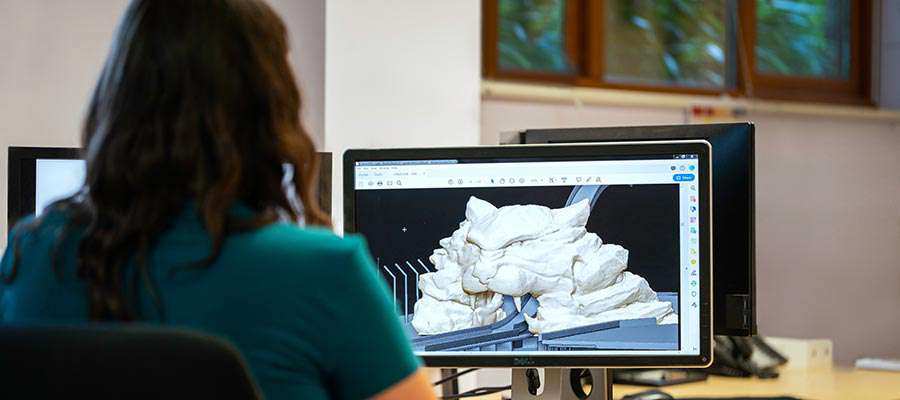Designers love to speak about passion. And, in such a creative line of work, it seems natural that this would be a driving force behind what we do. Not to mention that virtually every aspect of design can elicit strong feelings among both creators and consumers.
However, passion can be a double-edged sword. On one side, it spurs creativity and can lead to outstanding results. But it can also run a project right past the guide rails as well.
There are situations when a dispassionate approach is beneficial. This often means putting ego aside and looking at things through an objective lens.
The challenge is knowing when passion should play a role – and when to let it go. Let's look at some ways that passion can both help and hurt your projects.
A Labor of Love
Passion and creativity are undoubtedly intertwined. It would be difficult to separate them, as people likely wouldn't choose a creative field without a passion for their art. This is not a placeholder job taken until something better comes along. For many, it's a life's pursuit.
And perhaps that's why the best designers are often in high demand. They possess both the talent to create and the fortitude to see a project through its entirety. Not everyone has this combination, and there is great value in it for clients.
A passionate designer can make a world of difference. They can take even a vague idea and turn it into a beautiful reality. In addition, their work can bring legitimacy to an organization and make a connection with users.
Best of all, passion means loving what you do. It may still be work, but it doesn't often feel that way. In the best of times, the feeling is more euphoric than stressful.
In short, this helps to build a strong foundation for a design project and even solve a few problems along the way. Whether you're creating a website or a business card, there is an opportunity to accomplish something special.

Places Where Passion Is a Negative
While passion has a key role in design, it's important not to become overzealous. Doing so can lead to strained client relationships and less-than-ideal results.
Thus, there are some places where passion simply doesn't belong:
Price Negotiations
You may be thrilled by the prospect of taking on a new project. The size and scope are just what you wanted, and you're convinced that you're the right person for the job.
But when it comes time to discuss pricing, try to be as dispassionate as possible. That's not to say you can't be excited. It just means you should think with your head, rather than your heart.
Consider this: If you're really passionate about what you do, you might well do it for free. Unfortunately, that won't pay the bills.
Therefore, determine a fair value for your services and work towards an agreement. You can get all giddy again after your new client has signed a contract.
Receiving Client Feedback
We've all been there. You put every ounce of yourself into creative work, then share it with your client. It turns out they weren't quite as impressed.
As they pick apart your incredibly detailed efforts, it's easy to let passion take over. And no one would blame you for becoming frustrated. After all, you're the hired expert. What does your client know about design, anyway?
The best response is to leave your feelings at the door. Then, take the time to calmly address their concerns and explain your design decisions. An open and honest discussion will do more to resolve an impasse than a passionate plea.
User Experience (UX) Testing
Likewise, UX testing for an app or website should be a passionless experience. That holds true whether you have actual users or are testing things out yourself.
Because, no matter how beautiful a design element is, usability is more important. For instance, a visually stunning hero area isn't so great if users don't know how to interact with it. And although special effects may look interesting, they shouldn't be implemented at the expense of performance.
What's needed is an objective look at how things work. Once you've figured out what needs changing, you can focus your passion on building it better.

A Passion for Design; A Head for Business
The beauty of working with clients is that your passion for design ultimately benefits them. They'll get a finished product that makes them look good, while you get paid for doing something you love. It's a win-win situation.
Still, there should be an emotional separation between your work and business. If you're not careful, passion can sometimes get in the way of success. It often leads to poor decision-making that could negatively impact both you and your project.
The secret is in learning how to compartmentalize the various steps of the process. Save the passion for the design-specific tasks, while leaving it out of everything else. This will ensure that you're steering your business rationally and enjoying every moment of creativity.
The post How Passion Can Help (Or Hurt) a Design Project appeared first on Speckyboy Design Magazine.